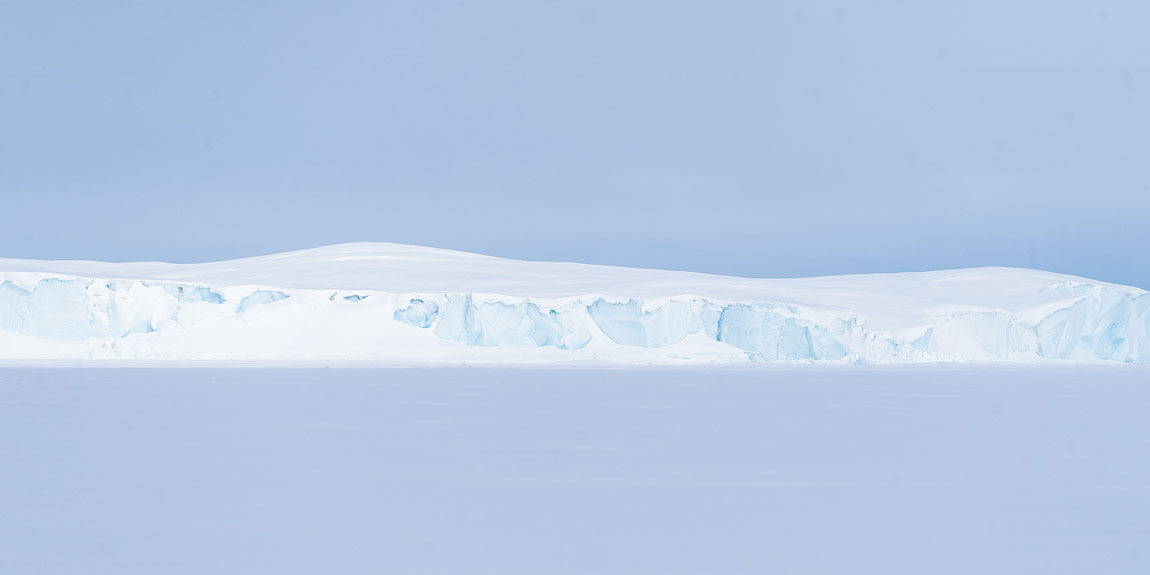Our daughter found an adventure company out of a handful of companies that take tourists to the Canadian Arctic and initiated a conversation with me about going on a floe edge trip to Baffin Island. As a winter nature and wildlife photographer who loves to travel to polar regions, going to the high Arctic in the Canadian North sounded like quite an adventure.
Once I decided to go with her, my main goal was to get a glimpse of the pristine and unexplored terrain, vast wild landscape, land without trees or shrubs, the homeland of the indigenous people of the Arctic, the Inuit, which means 'human beings' or 'people', and to photograph narwhals and polar bears. The term 'Arctic' comes from the Greek word arks, which means 'bear'. Beluga whales can also be found in the waters surrounding the floe edge, where the sea ice meets the open Arctic Ocean.
In reading about Baffin Island in Canada, I learned that it is separated from Greenland by the Davis Straight and from mainland Canada by the Hudson Strait. It is a place some will recognize on a map, but perhaps few have ever ventured. Getting to a place near or above the Arctic Circle is not easy. There is only one airline that operates scheduled passenger flights to the island. These costly flights may be limited depending on where you are heading. There might be unexpected weather or wind issues. Winters are long and cold; summers can be foggy and cloudy. There might be flight cancellations or delays, delayed luggage, or hours sitting at the airport with hotels fully booked.
But camping on the sea ice still sounded like an incredible opportunity.
Despite almost missing our flight in Toronto, one cancelled flight in Iqaluit, having to wait a day in Pond Inlet, the home-cooked meals not making the flight and delayed luggage, our five-day adventure began at 73 degrees north, almost 400 miles from the Arctic Circle, down by the icy beach on the edge of Baffin Bay. With our Inuit guide and two people from the adventure company who would drive the snowmobiles, we got into our unheated mini cabin, what became known as 'the box' made of plywood that was situated on top of wooden planks on two long runners, also called komatik/qamutik, an Inuit sled used for hundreds of years, if not thousands of years, and travelled on the sea ice to our remote base campsite three hours away, not far from the floe edge and Arctic days had lengthened. There were almost 24 hours of daylight.
During our stay, temperatures moved between -20 and -30 degrees Fahrenheit. Wind gusts could get to 30 mph or more. Our freezing arctic sleeping bags kept us warm at night while sleeping in 'the box'. Meals were prepared in a kitchen tent, but we ate our waffles, frozen pizza or ramen noodles in a tent heated by a generator for the duration we were in it.
Every day we explored the frozen ocean, including the floe edge, in search of Arctic wildlife and marine mammals. We didn't see any wildlife, but Baffin Island's landscape was a nature photographer's paradise. The cool colors of the high Arctic green, blue, and grey in spring light are unlike anything I have ever seen. I was in awe. While travelling on the sea ice, I had feelings of calm and centred fascination. I didn't think of the ice as cold, freezing, or frigid. I only witnessed its raw beauty. The landscape was filled with stillness, beauty and mystique. We saw icebergs that had broken off glaciers and migrated of various sizes and shapes, mostly blue. Icebergs are formed from compacted snow, so they are composed entirely of fresh water like big floating ice cubes. More than two-thirds of the iceberg is below the waterline, so they are much bigger than our eyes can see.
As we moved across the landscape, the only sounds were that of the snowmobiles or me squawking in my box as I tried to pull off my gloves and take a photograph while travelling up and down over the snowdrifts at speeds of 30 mph (or more); and sometimes our mischievous laughter at how we were covered in snow when we stopped.
Baffin's beauty may be fleeting. Every decade the sea ice is melting more, affecting the Inuit people who depend on the ice to go hunting and travel.
I am proud of the accomplishment of extreme winter camping on the Arctic Ocean, especially since it was my first ever camping. This trip was unlike any I have experienced before. Baffin Island, Nunavut, in the spring, is a magical place full of wonder and fascination.
Upload Your Picture • WIN $300 Cash

